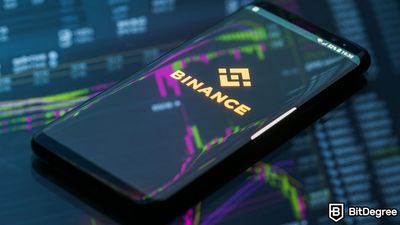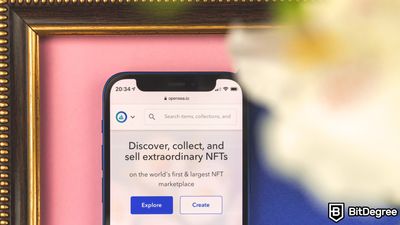Stop overpaying - start transferring money with Ogvio. Sign up, invite friends & grab Rewards now! 🎁
What happens to your hard-earned money when you deposit it? How can you be sure that your funds are safe and available whenever you need them? That's where the concept of proof of reserves comes into play. All the reputable exchanges, such as Binance, Kraken, or KuCoin, employ it. But what is proof of reserves, exactly?
Today, we'll unravel the mystery behind crypto proof of reserves and discover its critical role in safeguarding your funds together. Armed with this knowledge, you will be better equipped to protect yourself from scammers and unreliable crypto platforms.
That said, let's discover what proof of reserves is all about and why it should matter to you.

Did you know?
Subscribe - We publish new crypto explainer videos every week!
What is Blockchain? (Animated Examples + Explanation)


Table of Contents
Defining the Concept: What Is Proof of Reserves?
In the fast-paced world of finance and digital currencies, it's crucial to understand how your funds are being managed and protected. One term that often pops up in discussions about security and transparency is "proof of reserves" (or PoR). So, what is proof of reserves?
Latest Deal Active Right Now:Put simply, proof of reserves is a method used by financial institutions, such as banks or cryptocurrency exchanges, to demonstrate that they possess the necessary funds to cover their customers' deposits. It acts as a safeguard, assuring users that their money is being held securely and can be accessed when needed.[1]
You can think of proof of reserves as a kind of financial transparency tool. It provides evidence that the institution holds sufficient reserves, which are typically the same as the total deposits made by customers. This proof can take different forms depending on the nature of the institution and the type of assets involved.
In the realm of traditional finance, banks often undergo audits conducted by external third-party firms. These audits verify that the bank's declared reserves match the amount of money their customers have deposited. The purpose of these audits is to ensure that the bank is not engaging in fraudulent or risky practices, such as lending out more money than it should.
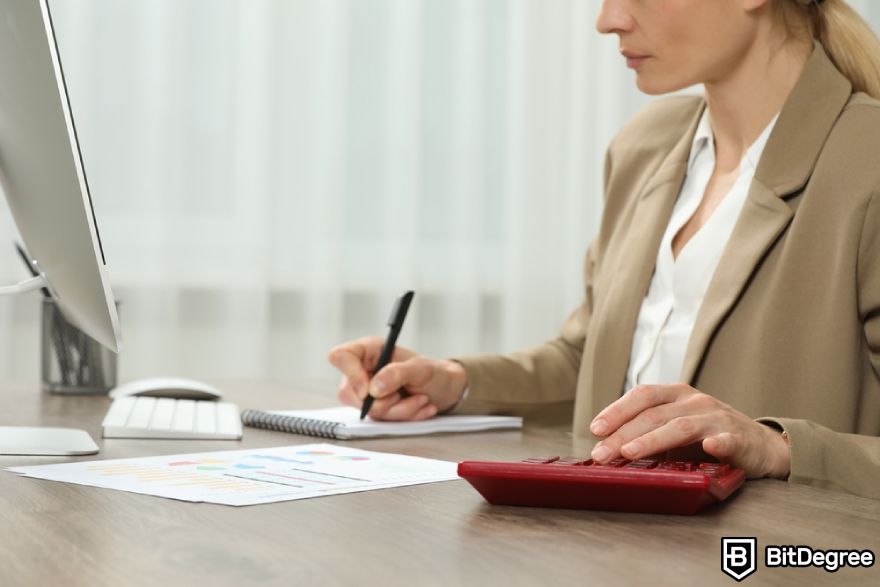
Similarly, in the world of cryptocurrencies, proof of reserves crypto audits can also be conducted by credible third-party firms.
These auditors specialize in digital assets and thoroughly examine the financial records and reserve balances of cryptocurrency exchanges taking into consideration all the risks related to crypto assets[2]. They verify that the exchange's claimed reserves match the actual funds held on behalf of customers.
The auditors provide a report, known as a proof of reserves audit report, which details their findings and provides assurance to users regarding the exchange's financial integrity.
While individual users usually do not directly verify cryptographic proofs themselves, they can rely on the results of these third-party proof of reserves crypto audits, which are typically scheduled to happen periodically.
The audit reports are made publicly available by the crypto exchanges, so users can access them to gain confidence in the exchange's financial standing.
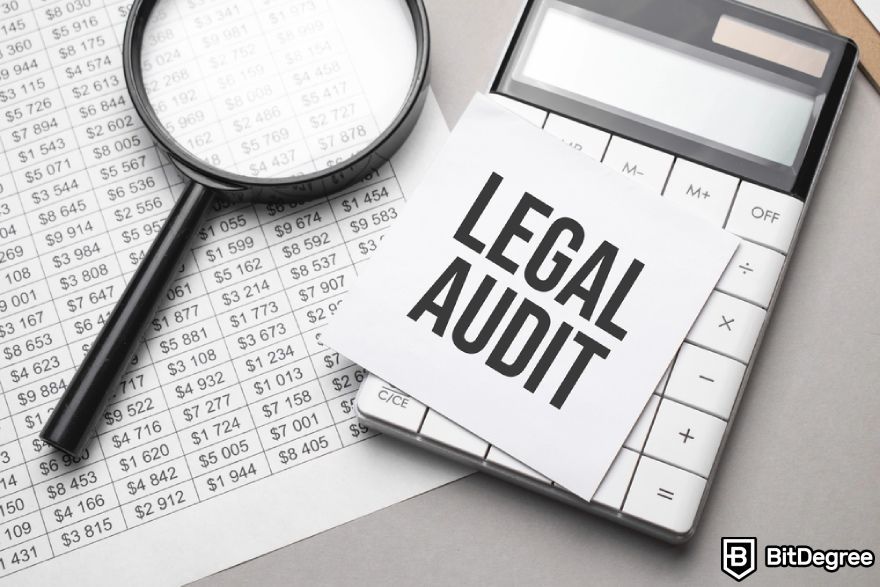
By reviewing these reports, you can ensure that the exchange has undergone a thorough assessment by a reputable auditing firm, which adds credibility to the proof of reserves process.
It's important to note that the involvement of third-party auditors contributes to the transparency and trustworthiness of what proof of reserves is. The auditors are independent entities with expertise in digital asset assessments. Their objective evaluations provide users with confidence in the exchange's financial health and adherence to industry standards.
In addition to providing proof of reserves audit reports, some exchanges offer users the possibility to verify this information themselves. This can be done by making the exchange's wallet addresses public and / or granting users access to Merkle data.
Why is Proof of Reserves Important?
Now that the question of what is proof of reserves has been answered, it’s time to understand why this concept is so important.
When it comes to financial matters, security is a paramount concern. Whether you're entrusting your hard-earned money to a traditional bank or a digital asset platform, you want to ensure that your funds are always protected.
Proof of reserves serves as a mechanism to validate and verify the existence and availability of funds held by a financial institution. It provides transparency and reassurance to customers, offering them peace of mind that their funds are indeed present and properly managed.
By employing proof of reserves, financial institutions can demonstrate their solvency and establish trust with their clients.
To put it differently, demonstrating proof of reserves plays a crucial role in preventing fraudulent activities. However, it's important to note that merely relying on proof of reserves alone is insufficient to guarantee the absence of fraudulent practices by a financial institution. Still, it’s a step in the right direction.
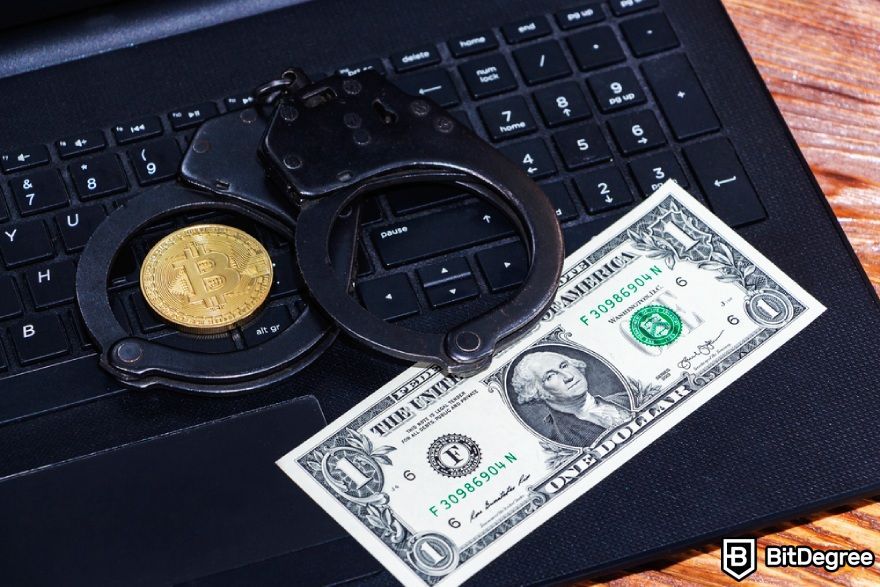
In traditional banking, financial institutions are required to hold a certain percentage of their customers' deposits as reserves. This ensures that they have enough liquidity to fulfill withdrawal requests and other obligations.
Similarly, in the realm of digital assets and cryptocurrencies, proof of reserves plays a crucial role in maintaining the integrity of the platform. By implementing proof of reserves, crypto platforms can provide evidence that they possess the assets they claim to hold on behalf of their customers.
This prevents fraudulent platforms from engaging in practices such as fractional reserve banking, where they claim to have more funds than they actually possess. Such fraudulent activities can lead to devastating consequences, including loss of funds and a collapse of trust in the financial system.
Moreover, proof of reserves acts as a safeguard against insolvency. It ensures that the financial institution or platform has enough assets to cover the liabilities owed to its customers.
This is particularly relevant in the world of cryptocurrencies, where the absence of a central authority adds an extra layer of complexity. Proof of reserves helps to address the concern of customers who may worry about the security and stability of their digital assets.

In addition to providing protection for customers, proof of reserves also contributes to the overall health and stability of the financial ecosystem. It encourages responsible financial practices by discouraging reckless lending or overexposure to risk.
By requiring regular audits and verifications, proof of reserves promotes accountability and transparency, fostering a more robust and trustworthy financial environment.
So, to put briefly what proof of reserves is – it’s not just a technical concept; it's a crucial element for ensuring the safety and security of funds in both traditional and digital financial systems. It provides customers with confidence that their assets are being handled responsibly and protects them from potential fraud or insolvency.
By embracing proof of reserves, financial institutions and platforms demonstrate their commitment to maintaining the trust of their customers and strengthening the overall integrity of the financial ecosystem.
How Proof of Reserves Works?
Knowing what is proof of reserves is very important, but understanding how it works is also crucial so you can safely identify scams.
So, let’s take some time to talk about the mechanisms involved in ensuring the safety and security of your funds.
Third-Party Audits
When it comes to ensuring the safety of your funds, third-party audits play a crucial role in the proof of reserves process. I've already talked about them a bit, but just to refresh your knowledge, these audits are designed to provide independent and transparent verification of a company's financial holdings, assuring customers that their funds are secure.
In a nutshell, a third-party audit involves hiring an external, reputable auditing firm to conduct a thorough examination of a company's financial records and assets. The auditing firm is completely independent and has no affiliation with the company being audited, which ensures an unbiased assessment.
Here's a step-by-step breakdown of how third-party audits work:
- Selection of the auditing firm. The company seeking the audit carefully selects a reputable auditing firm known for its expertise in financial audits. This selection process is crucial to ensure that the audit is conducted by a reliable and competent entity.
- Planning the audit. Once the auditing firm is chosen, both parties collaborate to establish the scope and objectives of the audit. This involves defining the specific financial information and assets that will be examined during the audit.
- Gathering evidence. The auditing firm requests access to the company's financial records, such as bank statements, transaction histories, and asset inventories. These documents serve as evidence to verify the existence and accuracy of the reported funds.
- Conducting the examination. The auditing firm meticulously reviews the financial records provided by the company. They cross-reference the information with external sources, such as bank statements (or, in crypto proof of reserves audits, Merkle Trees), to ensure consistency and accuracy.
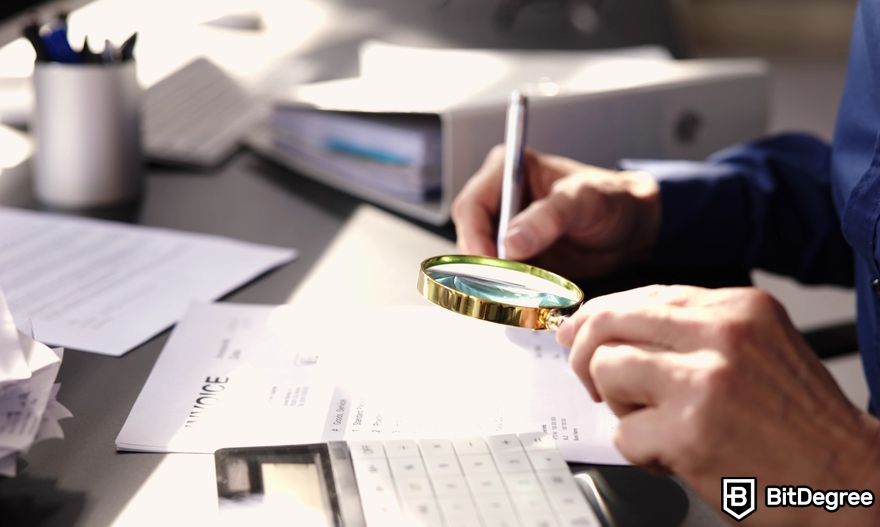
- Performing sample testing. To validate the accuracy of the reported funds, the auditing firm may conduct sample testing. They select a subset of transactions or assets to verify their existence and reconcile them with the company's records. This process helps identify any discrepancies or inconsistencies.
- Analyzing internal controls. In addition to the financial examination, the auditing firm evaluates the company's internal controls and procedures. They assess whether the company has implemented effective measures to safeguard customer funds and detect any potential fraudulent activities.
- Preparing the audit report. Once the examination is complete, the auditing firm prepares a comprehensive audit report. It includes the findings, conclusions, and recommendations based on the audit. It also highlights any discrepancies, weaknesses in controls, or areas of improvement that the company should address.
- Sharing the results. The audit report is shared with the company that underwent the audit. Depending on the situation, the report may also be made available to customers or regulatory authorities for transparency purposes. In crypto proof of reserves audits, reports are usually made public on the exchange’s website.
As companies engage in third-party audits, they can demonstrate their commitment to transparency and accountability. These audits provide reassurance to customers that their funds are held by a trustworthy entity and that the reported reserves are accurate and verifiable.
So, what is proof of reserves but a way for companies to build trust and foster a secure environment for their users?
Merkle Trees and Cryptographic Proofs
When it comes to ensuring the safety and security of funds in the world of crypto, proof of reserves is presented with a twist. To understand how this works, I need to tell you a bit about Merkle Trees and cryptographic proofs.
Merkle Trees might sound like something out of a fantasy novel, but they are actually a clever way of organizing and verifying data. Think of it like a family tree, but for information. In the context of what is proof of reserves, Merkle Trees help ensure that every transaction and account balance is accounted for and can be verified easily.
So, how does a Merkle Tree work?
Picture a tree with branches and leaves. At the very bottom of the tree, we have the leaves (leaf nodes), which represent individual pieces of data, such as individual account balances or transaction details. These leaves are then combined in pairs and hashed together to create what we call a parent node.
This process continues until we reach the very top of the tree, where we have a single hash, known as the root of the Merkle Tree.
Yes, I know, you probably are a bit confused by the fact that the leaves are on the bottom and the root is at the top – it's not how you imagine an actual tree. So just know that it's the other way around. It looks something like this:

Now, let's move on to cryptographic proofs. Cryptographic proofs provide a way to mathematically prove the integrity of data.
In the context of what is proof of reserves, cryptographic proofs are used to ensure that the account balances in the Merkle Tree are accurate and that they correspond to the actual funds held by the organization.
One popular cryptographic proof used in the world of cryptocurrencies is called the "Merkle Proof". It's like a digital receipt that allows anyone to verify the presence of a particular piece of data in the Merkle Tree without revealing any sensitive information.
Here's how it works:
Suppose you want to prove that your account balance of 10 units is included in the Merkle Tree. First, you would need to provide the root hash of the tree, which is publicly available.
Then, you would provide a series of hashes, known as "proof hashes", that form a path from your account balance leaf to the root of the tree.

By combining the proof hashes with the root hash, anyone can verify that your account balance is indeed a part of the Merkle Tree, without having access to the other account balances or transaction details.
This combination of Merkle Trees and cryptographic proofs creates a powerful mechanism for ensuring the integrity of reserves. It allows users to independently verify that the organization holding their funds has not engaged them in any shady activity, providing peace of mind and reducing the risk of fraud or mismanagement.
To put it short, proof of reserves utilizes Merkle Trees and cryptographic proofs to establish a system of transparency and accountability.

- Secure and reliable
- Accepts fiat currencies
- Lots of trading options
- Reputable exchange
- Accepts fiat currencies
- Offers various trading options

- Huge trading variety
- Regulation-compliant around the globe
- Fair trading fees
- Beginner-friendly
- A wide array of features
- Vast number of different crypto coins & tokens

- Beginner-friendly
- Secure
- Decent trading and withdrawal fees
- Crypto.com Visa Card
- Automated tools & bots
- Ecosystem synergy with CRO
Public Wallet Addresses
Now, what is proof of reserves in the context of public wallet addresses? By publicly disclosing their wallet addresses, exchanges can provide transparent evidence of their solvency and demonstrate that they hold enough funds to cover their customers' deposits.
To begin, let's understand what a wallet address is.
In the cryptocurrency realm, a wallet address serves as a unique identifier for a digital wallet. It consists of a string of characters, similar to an email address, but instead of receiving messages, it receives and holds digital assets like Bitcoin or Ethereum.
Cryptocurrency exchanges often hold a substantial amount of funds on behalf of their users. This type of proof of reserves in crypto involves exchanges publicly disclosing their wallet addresses, allowing anyone to verify the balance of funds held in those wallets.

When an exchange reveals its wallet addresses, users and external auditors can independently track and monitor the transactions associated with those addresses on the blockchain using blockchain trackers.
The blockchain, as you may know, is a decentralized and transparent ledger that records all cryptocurrency transactions. By analyzing the blockchain data, interested parties can confirm whether the exchange's claimed reserves align with the transactions on the public ledger.
Now, you might wonder, why would exchanges willingly expose their wallet addresses?
Well, it all boils down to building trust and confidence among their users. By showcasing their reserves through public wallet addresses, exchanges demonstrate their commitment to maintaining solvency and safeguarding customer funds.
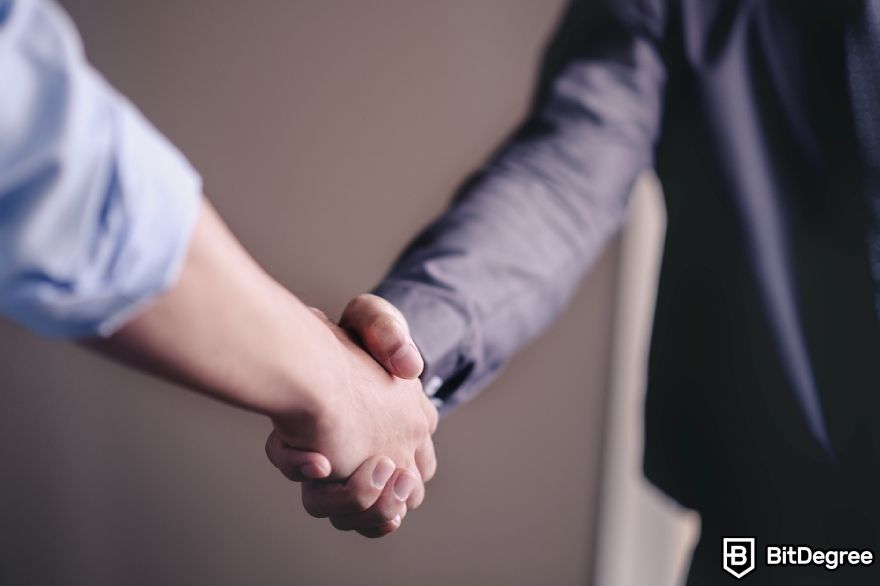
Additionally, the transparency afforded by proof of reserves helps to prevent or detect instances of fractional reserve practices, where an exchange claims to hold more funds than it actually possesses. By allowing external scrutiny, exchanges deter fraudulent activities and promote a healthier cryptocurrency ecosystem.
Though, it's worth noting that while proof of reserves enhances transparency, it doesn't reveal individual user balances or compromise privacy. The blockchain only reveals transaction amounts and the addresses involved, without disclosing personal information.
Therefore, users can have peace of mind knowing that their privacy remains intact while the exchange demonstrates its financial soundness.
Benefits and Implications
You surely know by now what is proof of reserves. Also, you know that there are many significant benefits and implications it brings to the financial world, which I've already talked about. Now, though, let's go over them again in a systemized way.
✓ Transparency and Trust
One of the primary advantages of implementing proof of reserves is the enhanced transparency it provides. By requiring financial institutions and service providers to regularly demonstrate their solvency, it instills trust in their operations.
With transparent and auditable proof, users can verify that their funds are indeed held and available as claimed. This transparency fosters a higher level of confidence in the system and helps build trust between users and service providers.
✓ Protection Against Insolvency
Proof of reserves acts as a safeguard against potential insolvency issues faced by financial entities. It ensures that the funds held by the institution are sufficient to cover all customer deposits and liabilities.
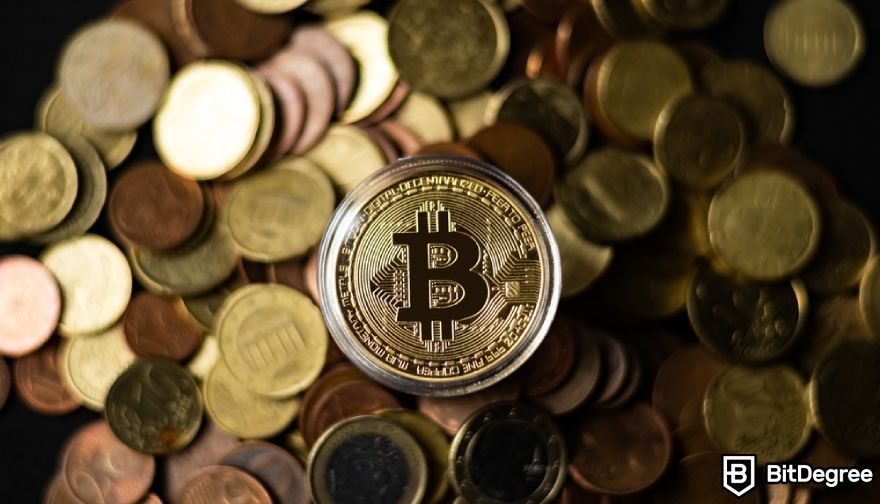
By verifying and validating these reserves, users can have peace of mind, knowing that their assets are protected and won't disappear overnight due to mismanagement or bankruptcy.
✓ Preventing Fractional Reserve Practices
Fractional reserve banking is a practice in which banks keep only a fraction of their customers' deposits in reserve, lending out the rest. This system can be risky, as it relies heavily on the assumption that not all depositors will simultaneously withdraw their funds.
However, proof of reserves provides a solution to this concern. By verifying that an institution holds sufficient reserves to cover all customer deposits, it ensures that there is no excessive lending and maintains the integrity of the financial system.
✓ Improved Market Stability
Proof of reserves contributes to the overall stability of the market by reducing the risk of a liquidity crisis.
In traditional and digital financial systems, a lack of transparency and certainty about reserve levels can lead to panic.
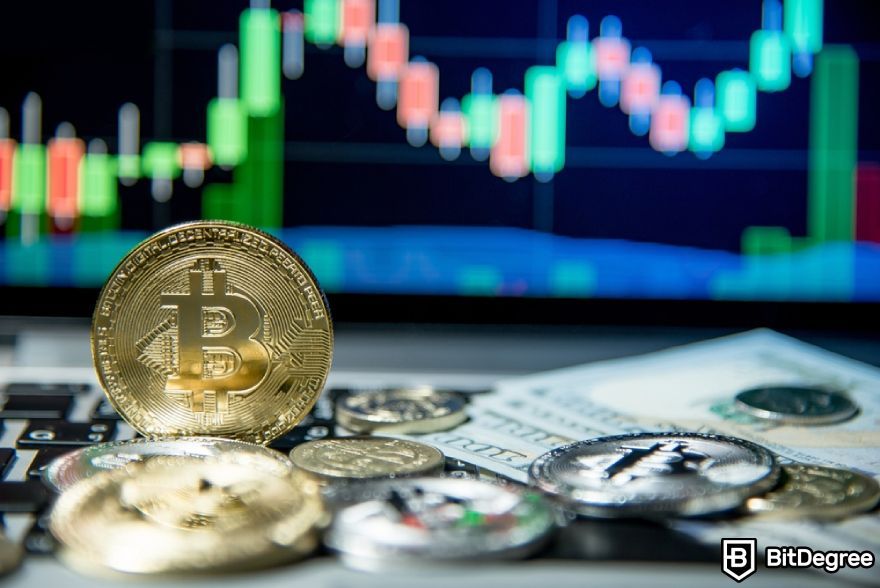
However, with proof of reserves, users can be assured of the solvency of the institutions they engage with, minimizing the likelihood of market-wide disruptions. This stability is crucial for the continued growth and adoption of digital assets and the broader financial ecosystem.
✓ Regulatory Compliance and Accountability
Proof of reserves also plays a vital role in ensuring regulatory compliance and accountability.
By providing a verifiable record of reserves, it becomes easier for regulators to monitor and enforce financial regulations. This helps in preventing fraudulent activities, money laundering, and other illicit practices.
Additionally, service providers who regularly undergo proof of reserves audits demonstrate their commitment to compliance and are accountable for their actions.
So, proof of reserves brings a range of benefits to the financial industry. It establishes transparency and trust, protects against insolvency, prevents fractional reserve practices, improves market stability, and strengthens regulatory compliance.
By prioritizing the verification of reserves, the system offers users the assurance that their funds are secure, fostering a more robust and reliable financial ecosystem.
Challenges and Limitations
While proof of reserves is a valuable concept in ensuring the safety of your funds, it's important to acknowledge that it does come with its fair share of challenges and limitations. Examining what is proof of reserves is not enough to quite grasp this.
So, let’s explore some of these challenges and discuss how they can impact the effectiveness of proof of reserves.
✗ Privacy Concerns
I know I've told you before that you shouldn't worry about your privacy, and I stand by that. However, one of the main challenges associated with proof of reserves still is the potential compromise of user privacy.
In order to provide verifiable proof of their reserves, financial institutions or cryptocurrency exchanges may need to disclose certain information about their holdings.
So, striking the right balance between transparency and maintaining user privacy is crucial, as overly detailed disclosures can raise security concerns.
✗ Verification Complexity
Implementing an effective proof of reserves mechanism can be a technically complex task. It requires thorough auditing procedures and strong cryptographic techniques to ensure the integrity and accuracy of the provided information.
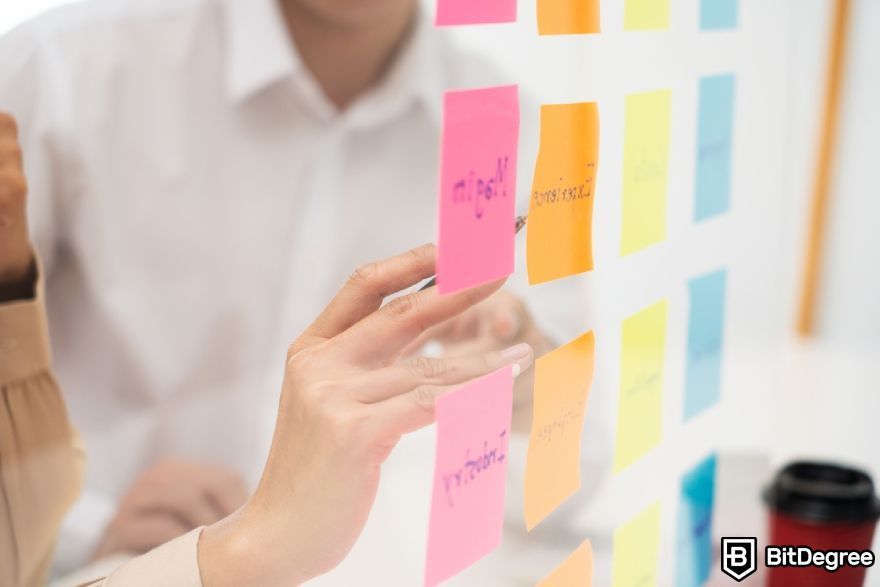
Developing and maintaining such systems can be resource-intensive, especially for smaller institutions or startups with limited financial and technical capabilities. Therefore, while proof of reserves is desirable, not all organizations may be able to implement it with the same level of sophistication.
✗ Regulatory Compliance
Proof of reserves can face challenges related to regulatory compliance. Different jurisdictions have varying requirements and regulations concerning financial transparency and reporting.
Adhering to these regulations while implementing proof of reserves can be a demanding task for financial institutions. Striking a balance between fulfilling legal obligations and maintaining operational efficiency can be a delicate process.
✗ Audit Frequency and Costs
Another limitation of proof of reserves lies in the frequency and costs associated with auditing.
Regular and thorough audits are necessary to ensure that the claimed reserves match the actual funds held by the institution. However, conducting these audits frequently can be expensive and time-consuming.

Smaller institutions may find it challenging to bear the financial burden of frequent audits, making it more difficult to provide continuous and up-to-date proof of reserves.
✗ Reliance on Trust in Auditors
Proof of reserves relies on auditors to independently verify the accuracy of the disclosed information.
However, this introduces an element of trust in the auditing process. While auditors are expected to be impartial and thorough, there is always a possibility of human error or even intentional misconduct. In the latter case, what is proof of reserves going to account for?
Institutions must carefully select reputable auditors and establish robust governance and oversight mechanisms to mitigate these risks.
To sum up, while proof of reserves is an important concept for ensuring the safety and transparency of funds, it does face certain challenges and limitations.
Privacy concerns, verification complexity, regulatory compliance, audit frequency and costs, and reliance on auditors are all factors that need to be carefully considered and addressed when implementing proof of reserves mechanisms.
Conclusions
So, now you know what is proof of reserves, the critical concept that ensures the safety and security of your funds in today's digital age. You also know that exchanges, which employ it - like Binance, Kraken, or KuCoin - are on the right track.
Requiring financial institutions and cryptocurrency exchanges to prove they hold enough assets to cover their customers' deposits offers a layer of trust and transparency. This reassures individuals that their hard-earned money is not being mismanaged or lost due to insolvency.
With proof of reserves, you can have peace of mind knowing that your funds are always protected and readily available when you need them. So, whether you're dealing with traditional banks or emerging digital platforms, remember the importance of proof of reserves in safeguarding your financial interests.
The content published on this website is not aimed to give any kind of financial, investment, trading, or any other form of advice. BitDegree.org does not endorse or suggest you to buy, sell or hold any kind of cryptocurrency. Before making financial investment decisions, do consult your financial advisor.
Scientific References
1. R. Rahman: 'Sancus: Cryptographic Audits for Virtual Currency Institutions';
2. A. Ozeran, N. Gura: 'Audit and Accounting Considerations on Cryptoassets and Related Transactions'.




